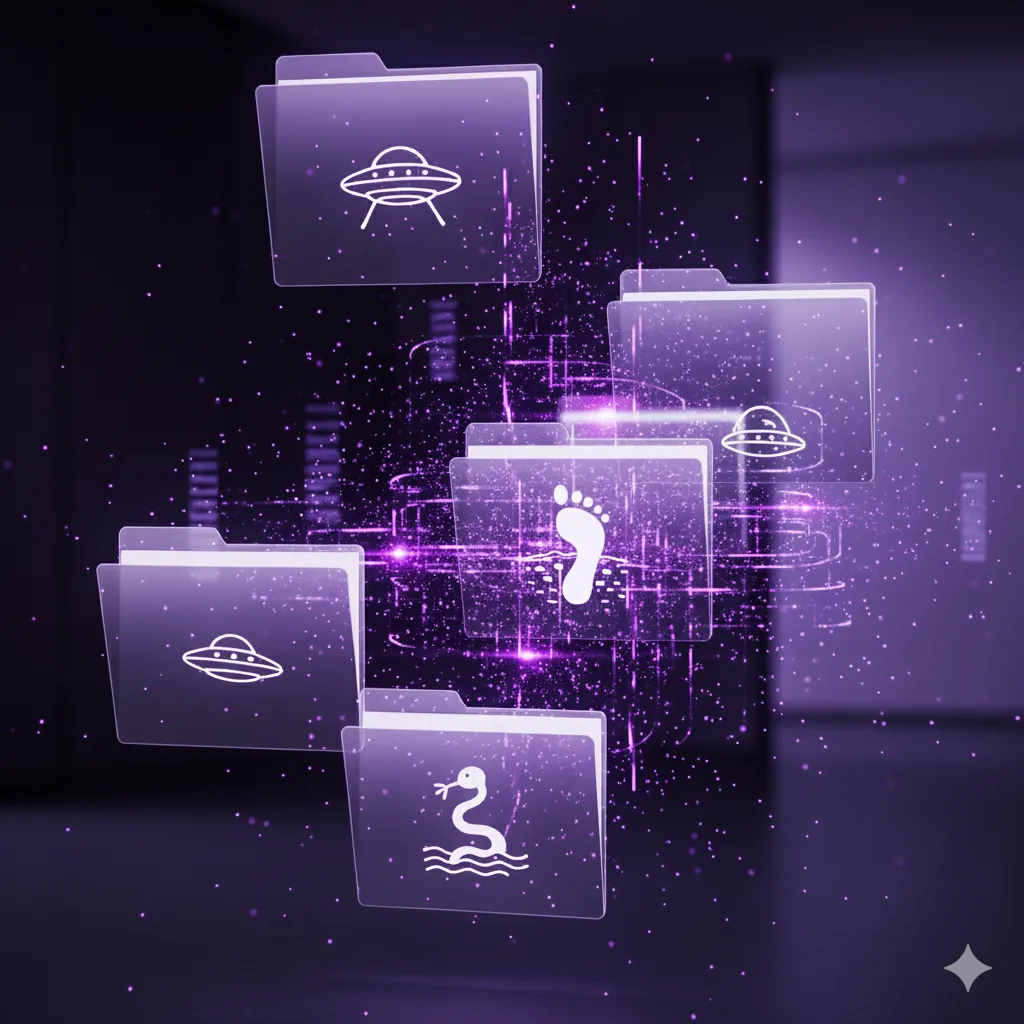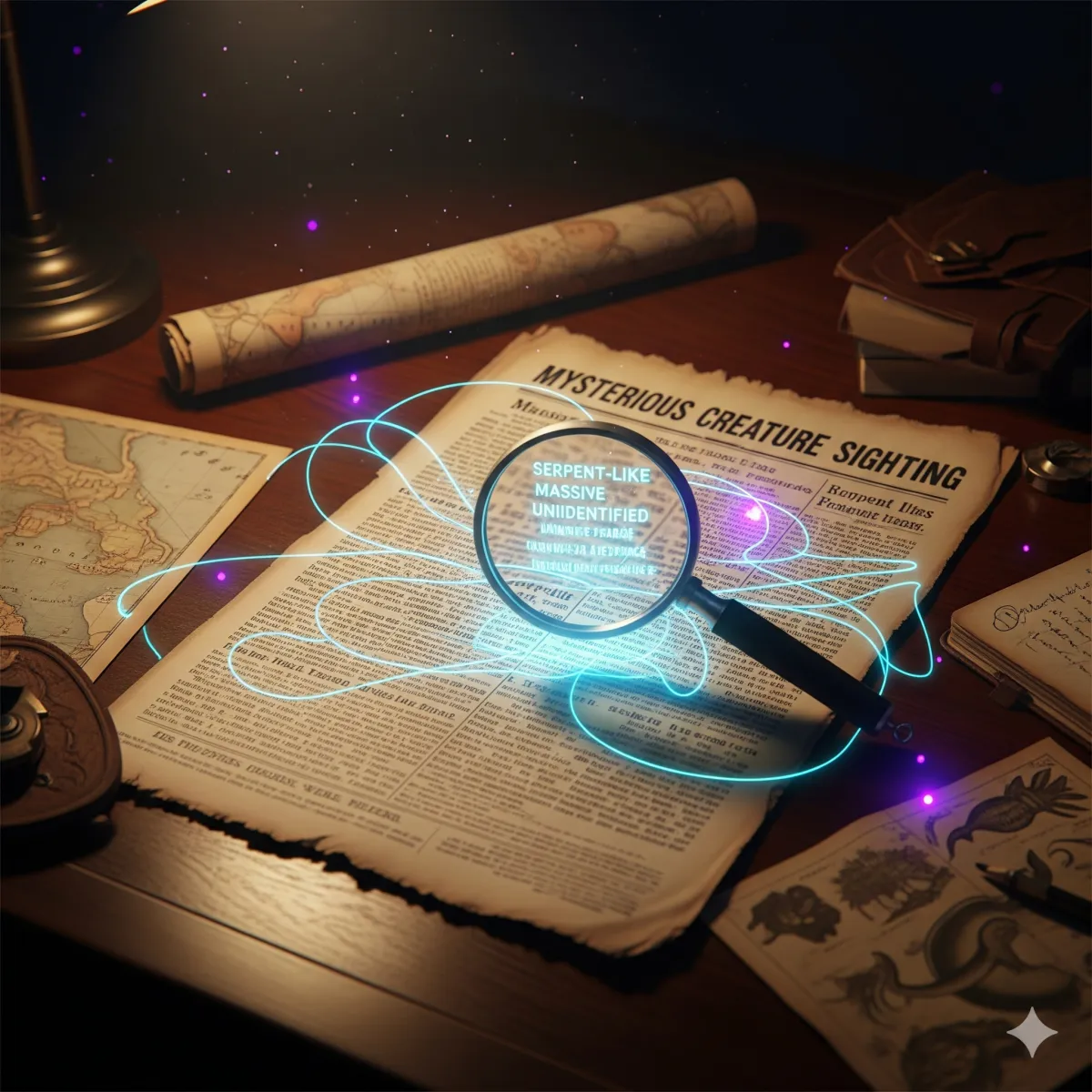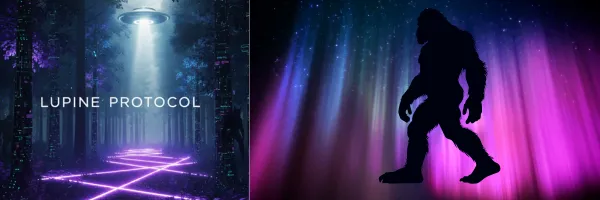

Light And Shadow
Workstation
Environmental Light & Shadow Analyzer
One of the most common mistakes in digital forgery is mismatched lighting. This tool helps you verify if an object truly belongs in a photo by analyzing the consistency of its shadows relative to a known object in the same scene. If the angles of the shadows don't align, it's a critical indicator of manipulation.
1. Load Image
2. Analysis Steps
Upload an image to begin analysis
How to Use the Analyzer
- Upload Image: Select a clear photo with distinct shadows. Photos taken on a sunny day work best.
- Calibrate with a Known Object: Follow the on-screen prompts. You will be asked to click on the base of a real object in the photo (like a tree or person) and then on the tip of its shadow. This establishes the "ground truth" shadow angle for the scene.
- Analyze the Anomalous Object: The tool will then prompt you to do the same for the suspicious object (the alleged UAP or cryptid). Click on its base, then on the tip of its shadow.
- Review the Verdict: The tool will instantly compare the two angles and provide a verdict: "Consistent" if the lighting matches, or "Inconsistent" if it does not.
Investigative Use Cases
This tool is specifically designed to debunk common photo manipulation techniques and add a layer of scientific rigor to your analysis.
UAP Hoax Detection
A classic UFO hoax involves pasting an image of a "saucer" onto a sky background. Often, the hoaxer adds a poorly rendered shadow on the ground to add realism. Use this tool to compare the shadow of the alleged UAP with the shadow of a real-world object like a telephone pole, building, or car. If the angles are different, the UAP was almost certainly added after the fact.
Cryptid Photo Analysis
In alleged photos of creatures like Bigfoot, the figure is often in a complex, forested environment. However, if any part of the creature and a nearby tree are both cast in sunlight, you can use this tool. Compare the shadow cast by the creature's leg or arm to a shadow from a nearby tree branch. A significant inconsistency suggests the figure may have been digitally inserted into the scene.
Explore The Mysteries
welcome to the central archive. Lupine Protocol is a unified platform dedicated to the methodical investigation of unexplained phenomena. We bring a data-driven, evidence-based approach to the subjects that exist on the fringes of conventional science. Whether you're a seasoned researcher or a curious newcomer, our mission is to provide the resources, tools, and in-depth analysis you need to explore the world's most enduring mysteries.

Cryptozoology

UFO/UAP
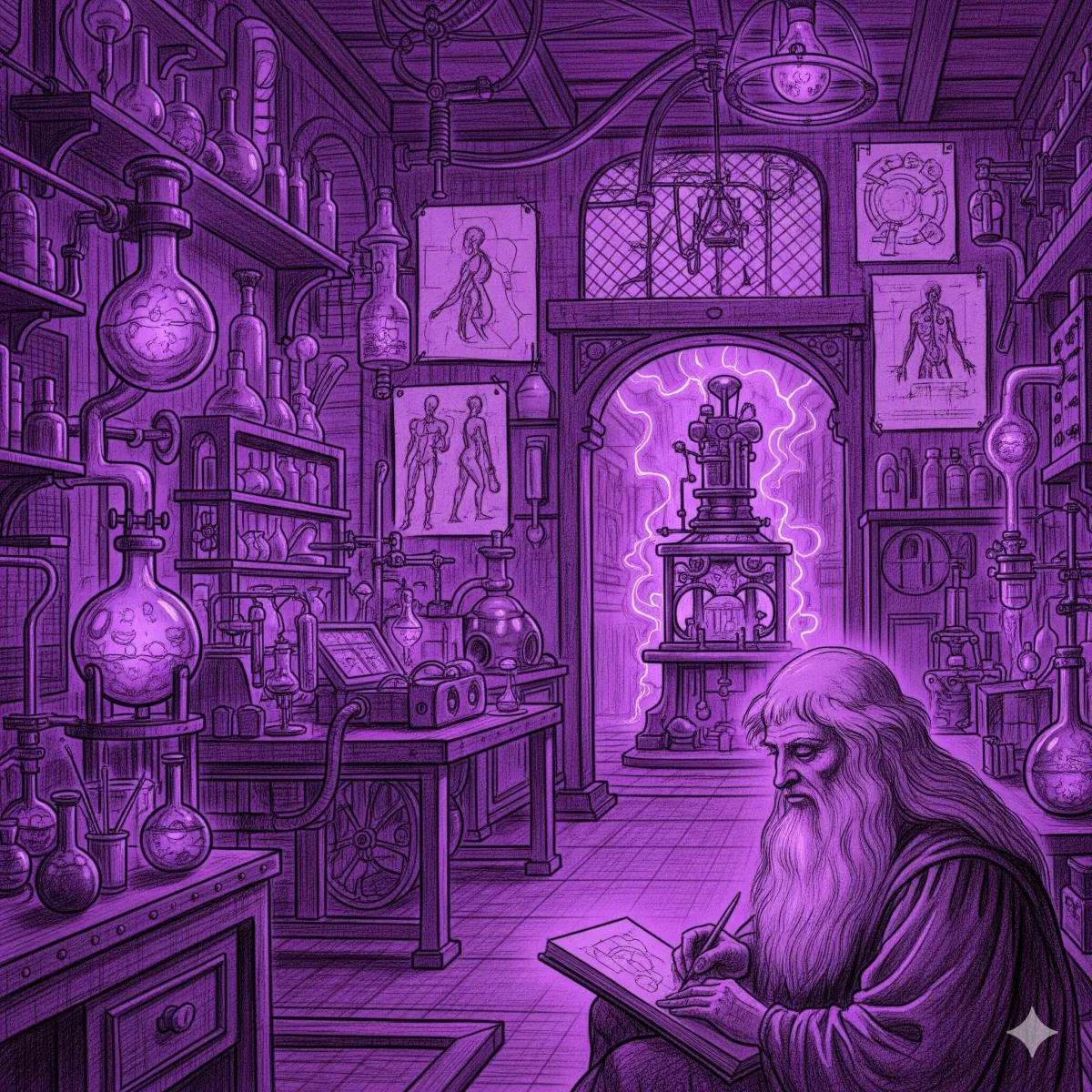
The Unexplained

"Whether you're documenting the undocumented, investigating the inexplicable, or just addicted to the unknown—this is where legends are born."

Pages
Listed On

Information

© 2025 ward media projects - All Rights Reserved.
